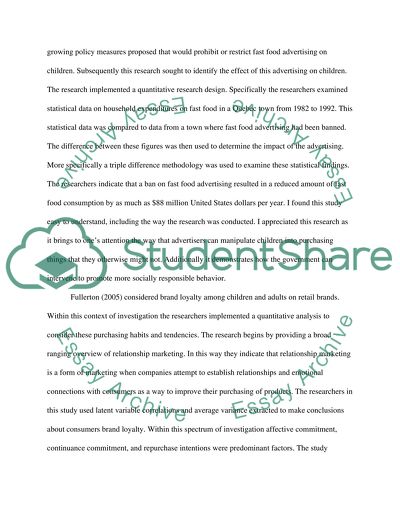Advertising targeting children Essay Example | Topics and Well Written Essays - 1000 words. Retrieved from https://studentshare.org/marketing/1606939-advertising-targeting-children
Advertising Targeting Children Essay Example | Topics and Well Written Essays - 1000 Words. https://studentshare.org/marketing/1606939-advertising-targeting-children.


